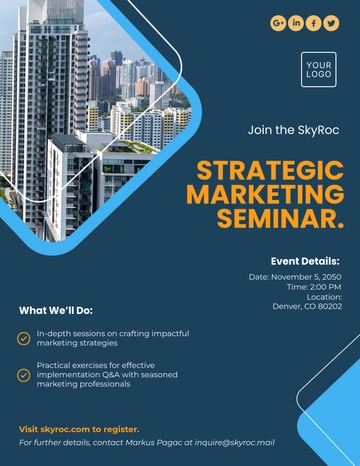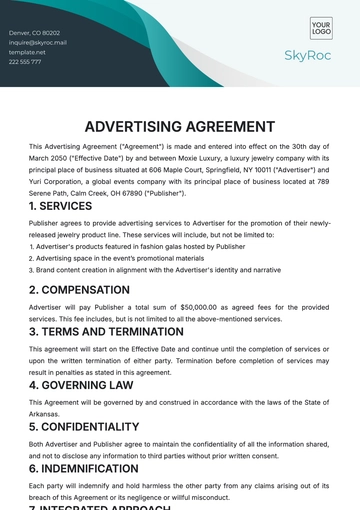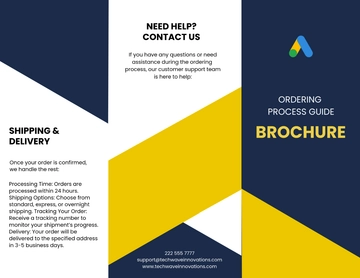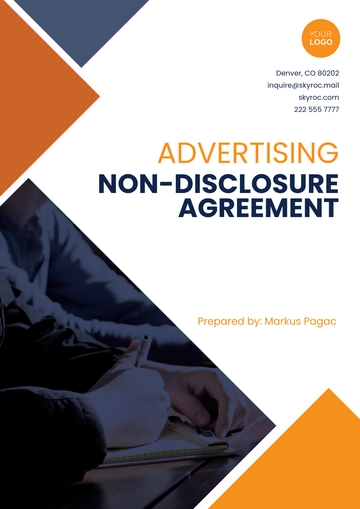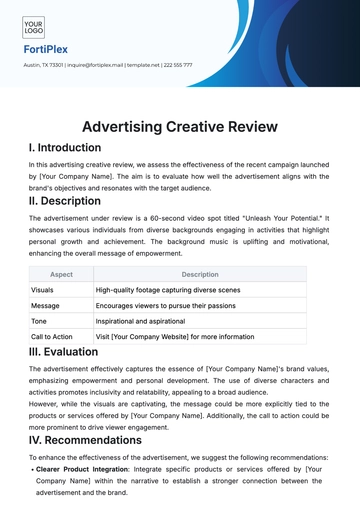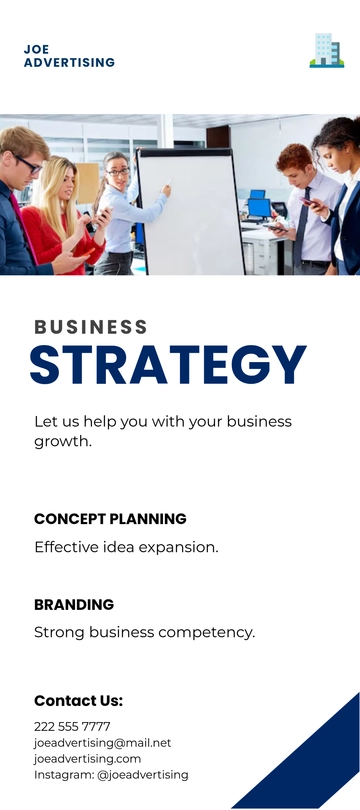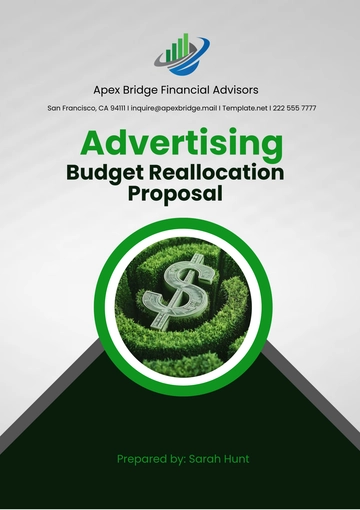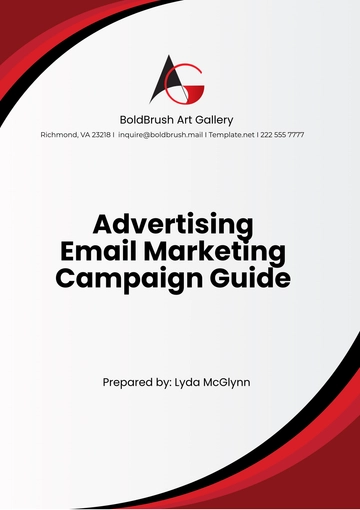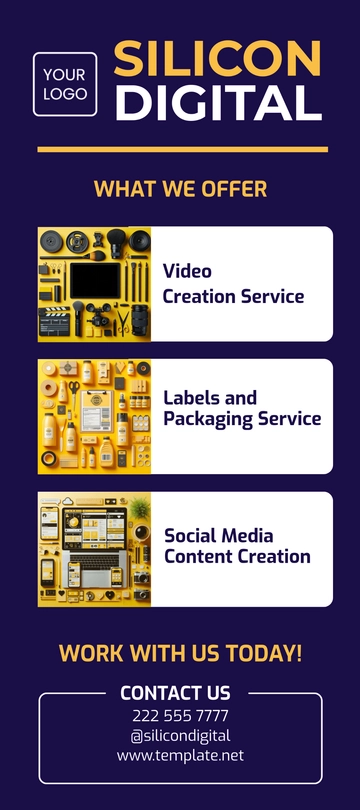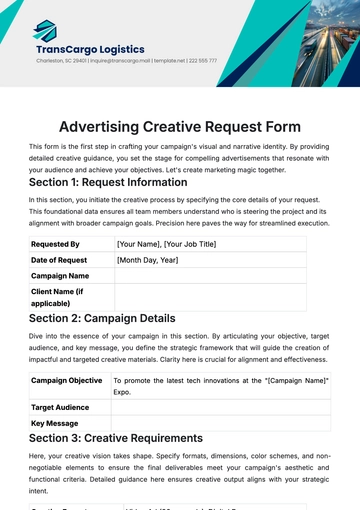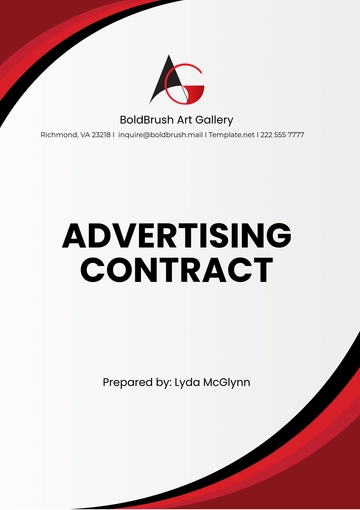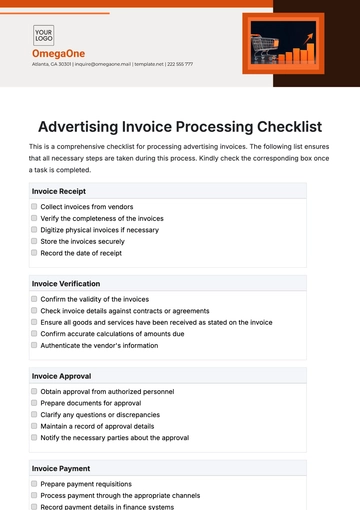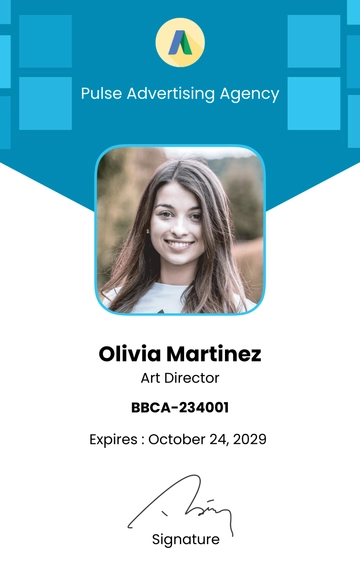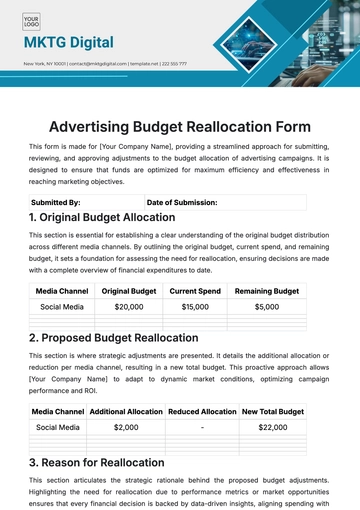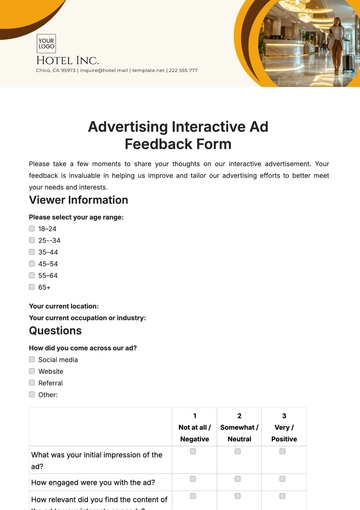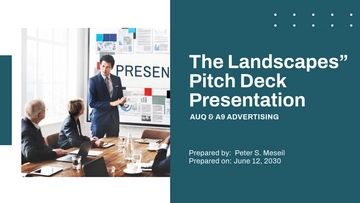Free Advertising Campaign Effectiveness Study
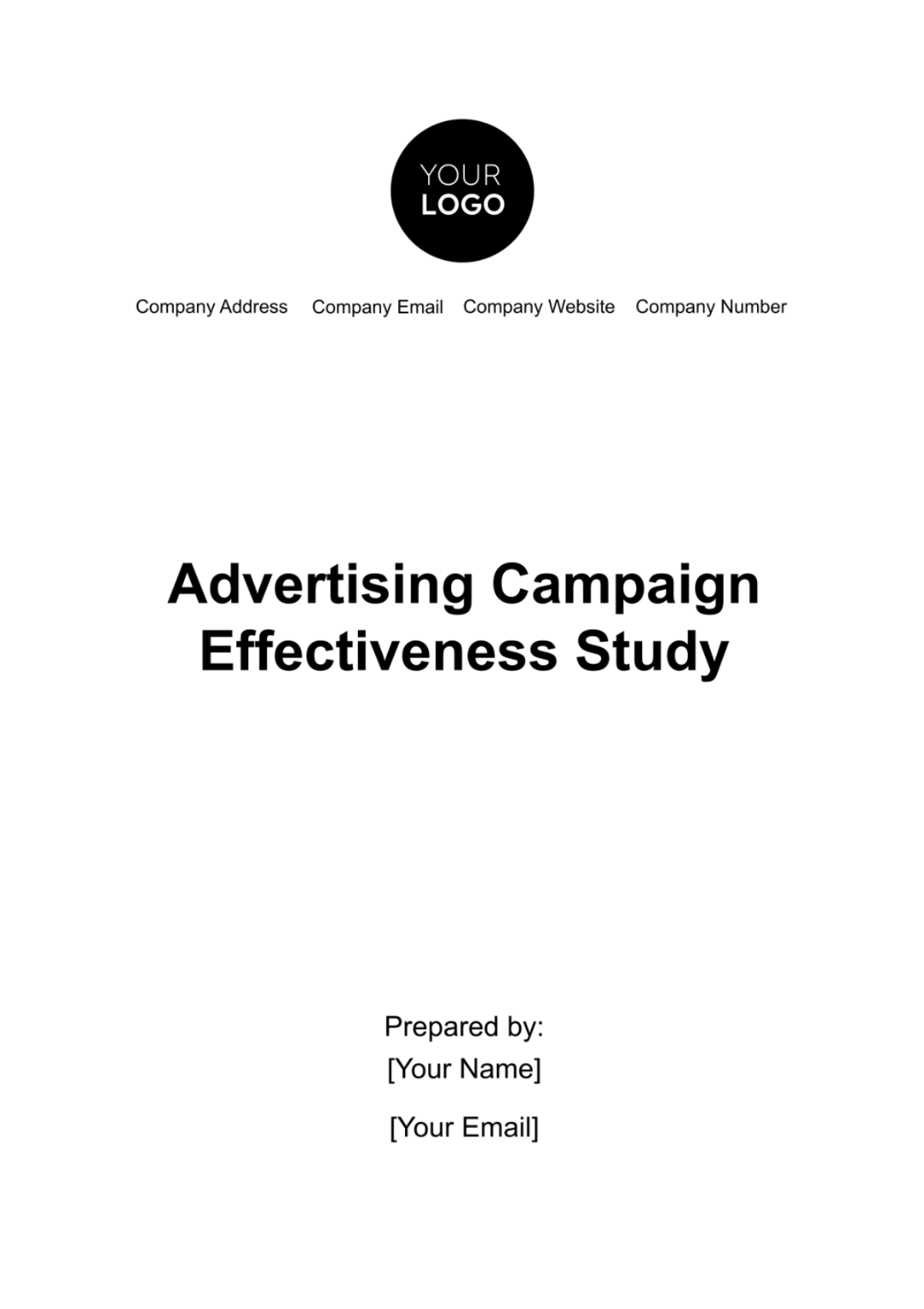
I. Introduction
The advertising landscape is characterized by its dynamic and competitive nature. This study, conducted by [Your Company Name], delves into the effectiveness of advertising campaigns across diverse media channels. By evaluating various strategies, this research aims to shed light on the most impactful approaches in modern advertising.
The Evolving Landscape of Advertising
This study explores the changes and trends in the advertising industry, especially focusing on the shift from traditional to digital media, the rise of data-driven marketing, and the increasing importance of customer engagement and personalized advertising. It highlights how these trends have reshaped the strategies and objectives of advertising campaigns.
Importance of Measuring Campaign Effectiveness
The significance of evaluating advertising campaign effectiveness discusses the necessity of understanding campaign impact on brand awareness, customer acquisition, and overall ROI. This part also elaborates on how such assessments aid businesses in making data-informed decisions and optimizing future advertising strategies.
II. Methodology
To have an accurate analysis of advertising campaign effectiveness, [Your Company Name] employs a multifaceted research methodology. This approach integrates both qualitative and quantitative research methods, providing a holistic view of campaign performance.
Data Collection Methods
Quantitative Data: Analysis of in-house data such as click-through rates, engagement rates, conversion rates, and overall ROI from each campaign. We have utilized tools like Google Analytics and social media analytics for detailed insights into online user behavior and campaign interaction.
Qualitative Data: Distribution of targeted surveys to gather feedback on campaign reception, brand perception, and customer experience. The survey was conducted on focus group discussions to gain deeper insights into consumer attitudes and preferences related to the advertising campaigns.
Data Analysis Techniques
Comparative Analysis: Examining current campaigns in relation to past campaigns to identify improvements, shifts in strategy effectiveness, and changing consumer behavior over time. Comparing our campaign performance with industry averages and top performers.
Statistical Analysis: Used to understand the relationship between different advertising variables (like spend, frequency) and outcomes (like sales, engagement). Utilizing historical data to forecast future campaign performance, aiding in more informed decision-making for upcoming campaigns.
Sentiment Analysis: Employing NLP techniques to analyze customer feedback and social media mentions, transforming qualitative data into quantifiable insights. Going beyond positive or negative, this analysis looks at the range of emotions expressed in consumer feedback, providing deeper insights into consumer attitudes.
III. Campaign Performance Analysis
In this section, we delve into a detailed analysis of the advertising campaigns executed by the company. The analysis encompasses a variety of metrics to assess the effectiveness of each campaign in achieving its specified objectives.
Individual Campaign Breakdown:
Each campaign is thoroughly examined, considering various factors such as target audience response, budget utilization, and overall impact.
Campaign A | |
Objective: | Brand Awareness |
Target Demographic: | Adults 18-34 |
Channel Used: | Social Media, Digital |
Budget: | $100,000 |
Engagement Rate: | 9% |
Conversion Rate: | 4% |
ROI: | 1.4% |
Campaign B | |
Objective: | Product Launch |
Target Demographic: | Families |
Channel Used: | Television, Print |
Budget: | $150,000 |
Engagement Rate: | 6% |
Conversion Rate: | 5% |
ROI: | 1.7% |
Campaign C | |
Objective: | Customer Retention |
Target Demographic: | Existing Customers |
Channel Used: | Email, Social Media |
Budget: | $50,000 |
Engagement Rate: | 11% |
Conversion Rate: | 6% |
ROI: | 2.3% |
Comparative Performance Assessment:
Comparing the performance of each campaign against each other and against industry standards to identify strengths and areas for improvement.
Campaign A | |
Engagement Rate: | 9% |
Conversion Rate: | 4% |
ROI: | 1.4% |
Industry Engagement: | 7% |
Industry Conversion: | 3% |
Industry ROI: | 1.2% |
Campaign B | |
Engagement Rate: | 6% |
Conversion Rate: | 5% |
ROI: | 1.7% |
Industry Engagement: | 5% |
Industry Conversion: | 4% |
Industry ROI: | 1.5% |
Campaign C | |
Engagement Rate: | 11% |
Conversion Rate: | 6% |
ROI: | 2.3% |
Industry Engagement: | 8% |
Industry Conversion: | 5% |
Industry ROI: | 1.8% |
Campaign Insights and Observations
Campaign A: Exceptional performance on social media platforms, driven by a mix of interactive content, timely trend engagement, and influencer collaborations. The campaign had tailored content that resonated with the interests and values of the young adult demographic, including sustainability, technology, and pop culture. The campaign's agility in adapting content based on real-time analytics and user engagement played a significant role in its success.
Campaign B: While engagement metrics were moderate, the campaign achieved a high conversion rate, indicating effective message resonance and call-to-action. Strategic use of television and print media provided a trustworthy and familiar platform for families, augmented by family-centric content and storytelling. The integration of traditional media with subtle digital touchpoints, like QR codes in print ads leading to online content, was a critical factor in the campaign's conversion success.
Campaign C: This campaign showed robust engagement and high conversion rates, emphasizing its effectiveness in re-engaging existing customers. We had utilized data-driven personalization in email marketing and social media, offering tailored promotions and content relevant to the customer’s previous interactions with the brand. The emphasis on personalization and recognition of customer loyalty was instrumental in driving the campaign's success, underscoring the value of a customer-centric approach in retention strategies.
IV. Effectiveness Metrics
To comprehensively evaluate the success of our advertising campaigns, we had employed a set of advanced effectiveness metrics. These metrics measure the immediate impact of the campaigns and provide insights into long-term brand value and customer behavior.
Campaign | Customer Lifetime Value (CLV) | Brand Equity Impact | Cost Per Acquisition (CPA) |
A | $500 | Moderate Increase | $30 |
B | $450 | High Increase | $25 |
C | $550 | Significant Increase | $20 |
Detailed Metric Explanation
CLV: Measures the total revenue a business can expect from a single customer account. CLV is crucial in understanding how much value each campaign contributes over time, beyond immediate sales. It helps in allocating marketing resources more effectively and in enhancing customer relationship strategies.
Brand Equity Impact: Utilizes a combination of brand tracking studies, customer feedback, and market research to evaluate changes in brand perception. This metric provides insights into how campaigns affect brand loyalty, awareness, and preference. An increase in brand equity is indicative of a campaign's success in enhancing the overall stature and desirability of the brand in the market.
CPA: Calculates the cost incurred to acquire a new customer through a specific campaign, highlighting the cost-efficiency of the campaign. CPA is a critical metric for evaluating the cost-effectiveness of a campaign. It helps in determining the financial efficiency of different advertising strategies in acquiring new customers.
Analytical Approaches
Segmentation Analysis: This involves breaking down campaign data into specific customer segments – such as age, location, or purchasing behavior – to identify which segments are most responsive and valuable. This approach enables more targeted and effective marketing strategies, ensuring resources are focused on the most lucrative segments.
Trend Analysis: Examines metric variations over time, providing insights into the long-term effects of advertising campaigns and evolving market dynamics. This helps in forecasting future trends and in adjusting marketing strategies proactively to align with predicted market changes.
Correlation Analysis: Investigates how different metrics influence each other. For example, understanding how an increase in engagement rate might correlate with an increase in CLV or a change in brand equity. This offers a deeper understanding of the interplay between different campaign elements and their collective impact on overall campaign success.
By leveraging these advanced metrics, [Your Company Name] gains a multi-dimensional view of campaign effectiveness, enabling more strategic decision-making for future advertising efforts.
V. Audience Engagement and Feedback
The assessment of audience engagement and feedback is a critical component of our study. It provides insights into how the campaigns are received by the target audience and highlights areas for improvement.
Campaign | Online Interaction Rate | Offline Engagement | Overall Satisfaction |
A | 55% | Moderate | 85% |
B | |||
C |
Analysis of Audience Engagement:
Online Interactions: Beyond basic likes and shares, this includes analysis of user-generated content, hashtag usage, and the spread of content through social networks. Tracking user behavior on websites, including page views, time spent on site, and interaction with call-to-action elements.
Offline Engagement: Monitoring not just the number of attendees but also participation levels in activities, discussions, and feedback sessions. Tracking interactions with physical advertisements (like billboards and posters) and in-store promotions, assessing recall and response rates.
Engagement Depth: Analyzing the sentiment and substance of comments and discussions, focusing on how deeply users engage with the content. Assessing the level of engagement from key influencers and brand advocates, which often signifies deeper, more meaningful interaction.
VI. Recommendations
Based on the comprehensive analysis of campaign effectiveness, audience engagement, and feedback, [Your Company Name] proposes the following strategic recommendations to optimize future advertising campaigns:
Targeted Content Personalization: Increase the use of interactive and visually engaging content on social media, leveraging current trends and influencers to enhance relatability and shareability. Additionally, we will Integrate more digital elements into traditional media campaigns for families, such as QR codes in print ads, to create a seamless cross-channel experience.
Media Channel Optimization: Allocate a higher budget percentage to digital platforms, especially those showing high engagement and conversion rates. The company will also continue to use traditional media for its broad reach but complement it with digital touchpoints to increase engagement.
Enhanced Data Utilization: Leverage predictive analytics to anticipate market trends and customer preferences, enabling proactive campaign adjustments. We will also further refine customer segmentation to target audiences with even more personalized and relevant content.
Innovation and Emerging Trends: Experiment with emerging media channels like AR/VR to create unique and immersive brand experiences. So the company can establish a system for ongoing monitoring and adaptation to emerging trends in advertising and consumer behavior.
VII. Conclusion
This comprehensive study conducted by [Your Company Name] provides valuable insights into the effectiveness of various advertising campaigns. The findings clearly indicate that a multi-channel approach, combining the strengths of both digital and traditional media, is most effective in reaching and engaging diverse audiences. Going forward, the lessons learned from this study will serve as a guiding framework for crafting more engaging, innovative, and successful advertising campaigns, ultimately driving growth and customer loyalty.
- 100% Customizable, free editor
- Access 1 Million+ Templates, photo’s & graphics
- Download or share as a template
- Click and replace photos, graphics, text, backgrounds
- Resize, crop, AI write & more
- Access advanced editor
Master the science of campaign measurement and optimization using Template.net's Advertising Campaign Effectiveness Study Template. It's customizable, and easily editable in our Ai Editor Tool for a hassle-free adaptation to your marketing needs. Invest in precision, adaptability, and smart study design — a tool that concisely consolidates data and illuminates your path to greater campaign success.
